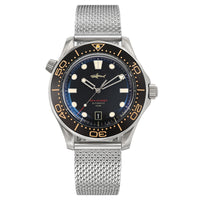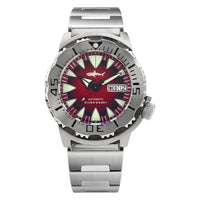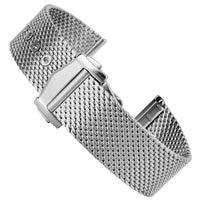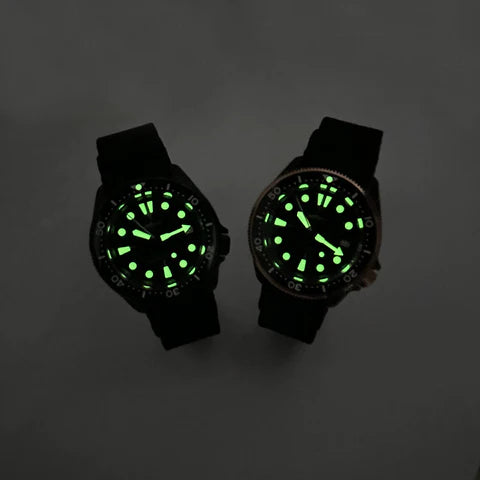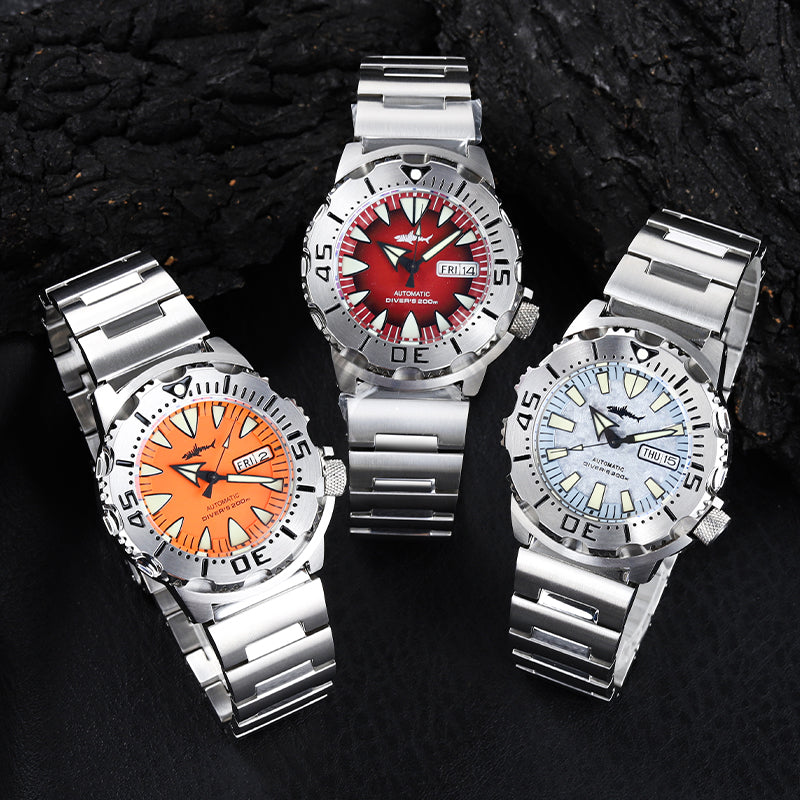-
Questions and Answers regarding Watches
#How can you tell if a watch is precise?
The watch is accurate if the time is adjusted on a regular basis so that it roughly coincides with the radio station's time signal.
The watch's time initially agrees with the radio station's time signal, however there is a daily error after operating. Then comes the cumulative growth, although the daily increase in error value is constant. This watch qualifies as well if the trip time error figure is within the watch's quality level. In order to increase accuracy, you can move the speed needle if the error value is more than the defined standard.
#Why do cases made of 100% steel occasionally contain rust spots?
All steel watches won't rust, in general, but everything is relative. The variety of stainless steel is enormous.... -
Mechanical watch construction and operation
- Classification:
Mechanical watches are typically classified into two types: manual winding watches and automatic winding watches.
- Distinction:
1. The manual winding mechanical watch is powered by manually twisting the mainspring. The movement is thinner than that of traditional self-winding watches. The weight of the watch is lighter in comparison.
2. The automatic winding watch uses the movement's automatic rotating disk to swing left and right to generate power to drive the mainspring, but the thickness of the manual winding watch is smaller in comparison.
- Composition of a mechanical watch:
A mechanical watch is made up of two parts: the movement and the outer casing.
The transmission system, prime mover system, winding needle system, escapement...
-
Watch knowledge includes quartz and mechanical watches
The distinction between various watches
Clocks and watches are precision timing devices distinguished by the size of the internal machine. A clock is a movement with a diameter of more than 50mm and a thickness of more than 12mm; a pocket watch is a movement with a diameter of 37-50mm and a thickness of 4- 6 mm; a watch is a movement with a diameter of less than 37 mm; and a women's watch is a movement with a diameter of no more than 20 mm or a movement area of no more than 314 square millimeters.
- Classification:
A watch is one of the smallest, most powerful, and most precise machines ever created by humans. Clocks in the watch industry are classified into two types based...
- Worldwide Delivery
- 2-year Warranty
- Genuine Product Guarantee
- Money Back Guarantee
